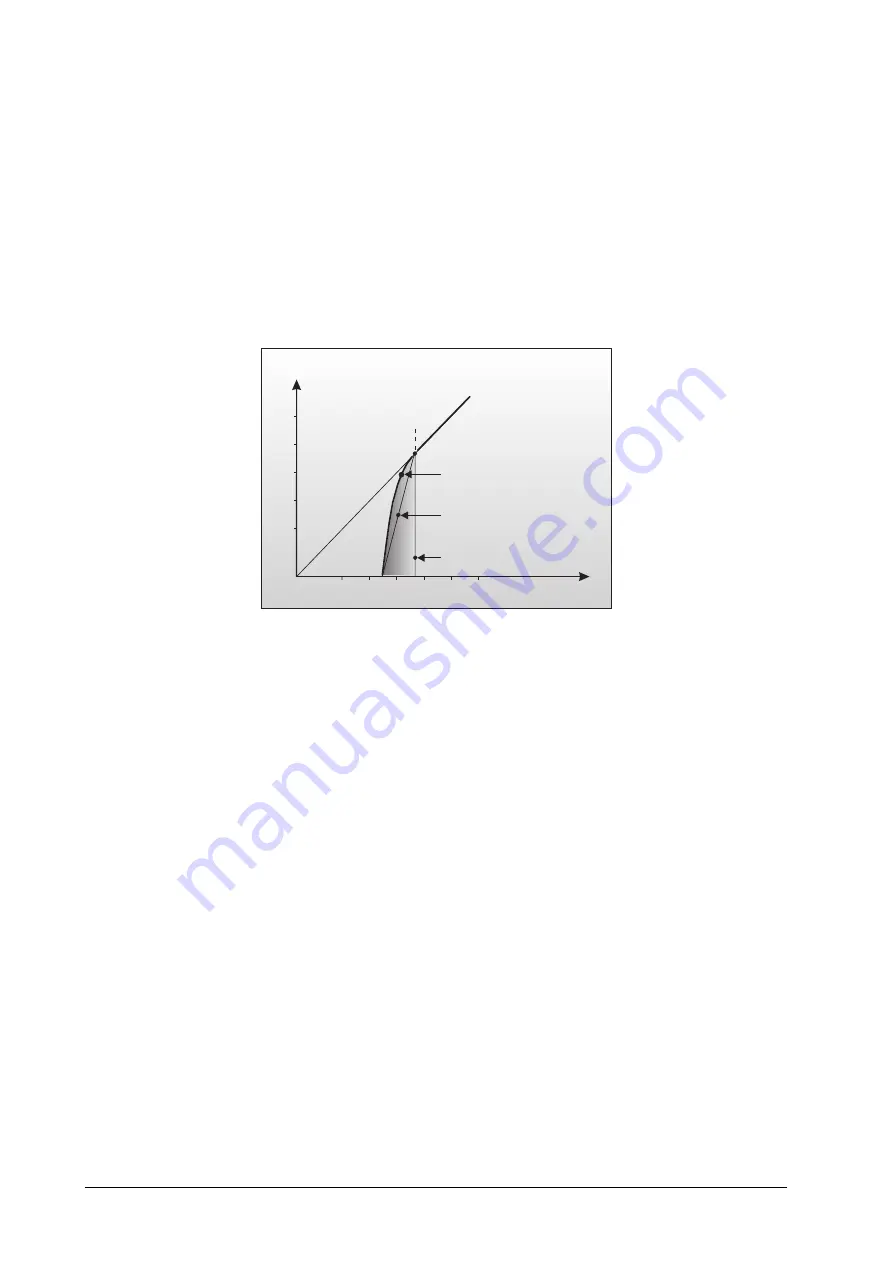
20
for all signals below an adjustable threshold. The expander therefore operates in opposite way to that of a
compressor/limiter. Expanders generally function with a flat ratio curve, so that the signal continually fades.
Noise-gates however, can be seen as high ratio expanders. If the signal falls below the threshold, it is
radically attenuated.
The Behringer COMPOSER PRO is equipped with a newly developed IRC (Interactive Ratio Control) Ex-
pander, the ratio of which is automatically adjusted dependent on the program material. The response char-
acteristics of conventional expanders tend to cut into the signal abruptly and the result of this is unacceptable
most of the time. Gain changes become audible.
The IRC Expander is therefore equipped with a soft, interactive non-linear ratio curve, which is best suited to
human hearing. Critical signals in the vicinity of the threshold level are processed with a minute expansion
ratio, whereas signals that reduce in level will be subjected to an increasingly higher ratio, which will result in
greater attenuation.
Threshold
Gain 0 dB
Input
Output
1:oo
Noise Gate,
Expander, 1:8
IRC-Curve
Fig. 5.1: IRC curve characteristic of the Expander
The result is expansion, which is less critical to adjust and which is more tolerant of useable signals, whose
level is slightly above that of the noise floor. Expansion therefore occurs extremely soft with low ratio
settings, while the known negative effects of expansion are inaudible. The Attack time of the IRC expander is
set automatically and program-dependent, i.e. extremely short for quickly changing signals and slower for a
more balanced program material. Since the expander/gate adapts itself automatically to the program mate-
rial, you will note that the new IRC (Interactive Ratio Control) circuit produces considerably better results than
conventional expanders.
5.2.1 Controlling Leakage In The Studio
Expander/gates are most commonly used to suppress undesirable leakage of sound from one track to an-
other during recording or playback. They are usually used when recording drum kits, where the mics are very
close to each other. High volume levels of individual instruments often cause considerable leakage onto all
the adjacent mics and results in conflicting frequency and phase coherence problems, as well as unspecified
sounds (comb filter effects). It is vitally important that every instrument is recorded into a separate mic and
that each mic is individually gated.
Patch the Behringer COMPOSER PRO into a snare drum channel for example and adjust it so that triggering
only occurs on snare hits. Each mic should be set to its maximum operating level, monitored (see SC MON
switch) and the THRESHOLD level set so that each snare hit sounds acoustically clean and seperate, as
though it was played on its own.
The optimum use of the Expander/Gate depends principally on microphone technique. Be particularly careful,
when high frequency instruments are located to the side or rear of a cardioid microphone. Most cardioids
exhibit a sharply rising off-axis response characteristic at higher frequencies. If there is only a 2 or 3 dB
difference between the on-axis and off-axis response in the 5 to 10 kHz region, cymbals may leak excessively
into the tom mics and you may have hi-hat spilling all over the snare mic.
Please make full use of the directional characteristic of the mics, to acoustically exclude all other instruments
5. APPLICATIONS















































